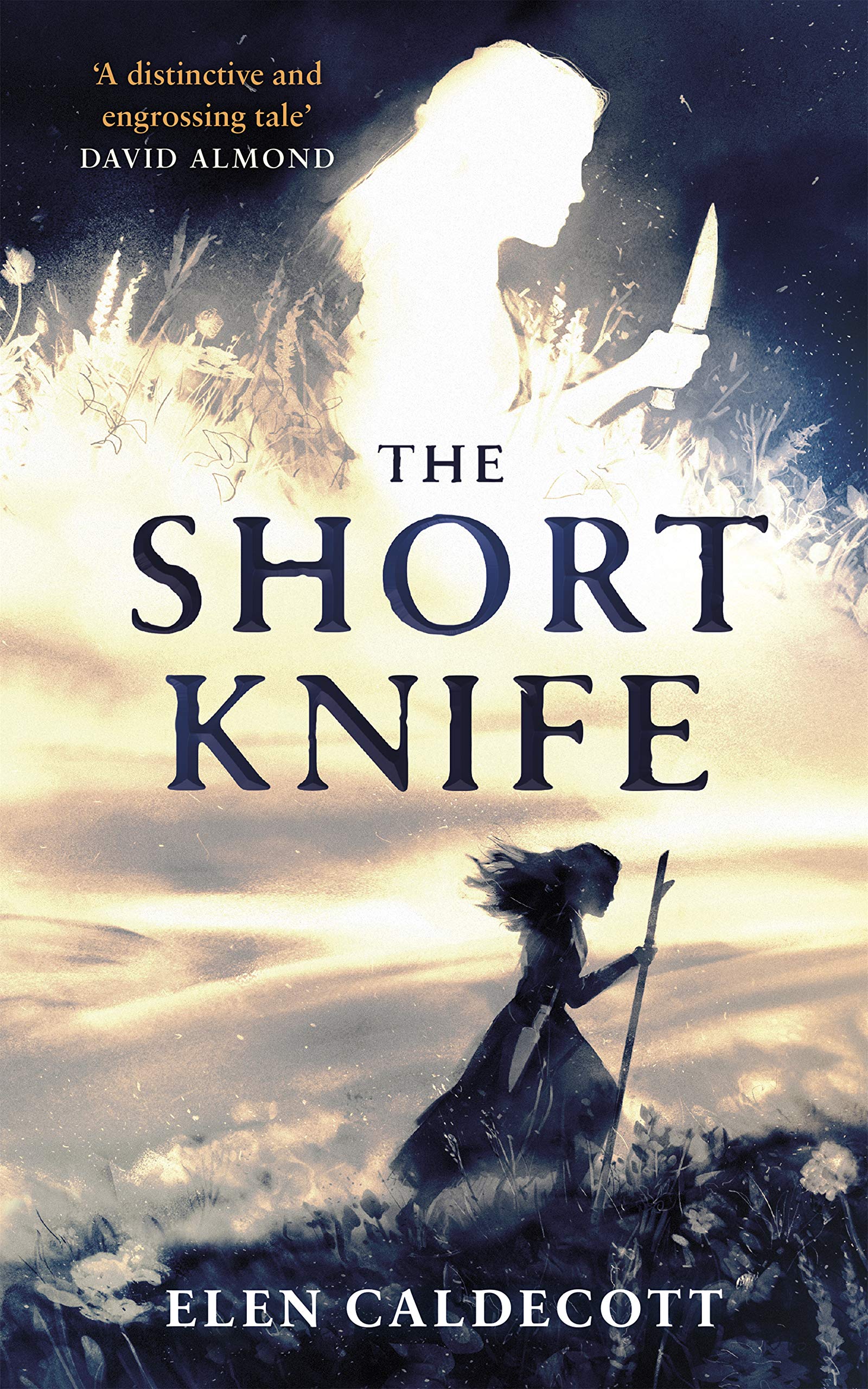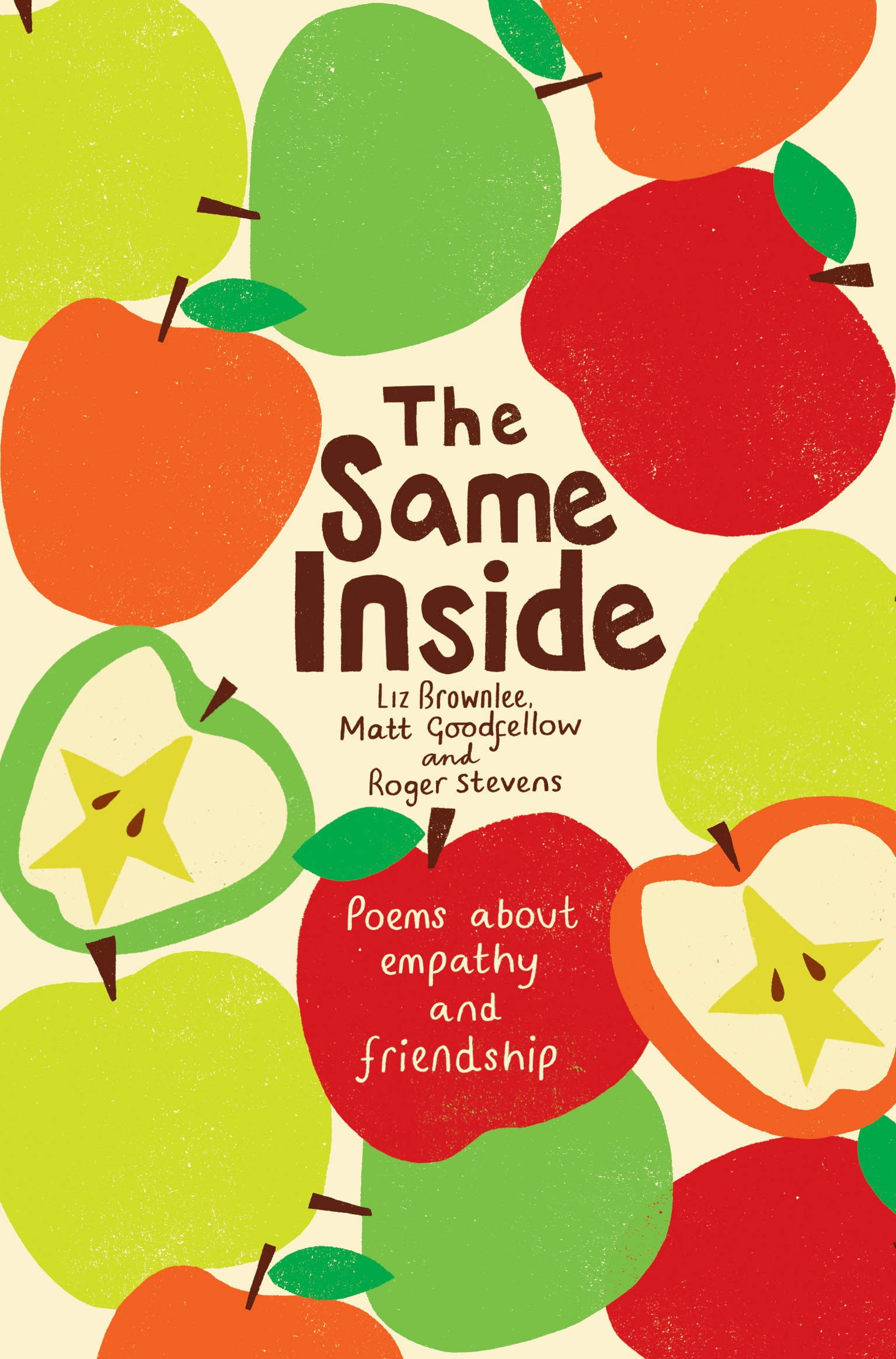W is for Water Vole
There are 3 types of cute vole living in the UK and this is the biggest, at 4.5-9 inches – a water vole. This brilliant image has been taken by the prolific nature photographer, Peter Trimming, on Flikr.
‘Ratty’ in The Wind in the Willows was not a rat at all, but a water vole. Water voles are delightful creatures – in the UK they live by water, but in other countries they are not reliant on it.
UK water voles dig burrows in the banks of rivers; some holes are below water to allow for quick, secret escape. They are much faster in the water than on land, and kick up mud with their feet to confuse predators.
But they are not true water animals, as they don’t have webbed feet and can only swim for about 15 minutes before their coat gets waterlogged. So vegetation and their burrows are vital for hiding from predators.
They live along slow moving rivers with plenty of cover and no or restricted sheep and cattle access – cows trample their burrows.
Water voles do not damage riverways, they are part of the natural food chain, eating grasses, sedges, rushes, berries, occasionally buds and roots.
New research has shown that they store food in separate larders for different types of food, sleep together in a chamber which has an en-suite latrine, and that they control the temperature of their burrows by blocking and unblocking tunnel entrances.
At the time that Wind in the Willow was written, there were 8 million water voles in Britain.
But then, in the 1920s, mink coats came into fashion. Thousands of mink were imported and bred on on 800 or so mink ranches here in the UK. Some escaped.
Some were let free by animal rights activists. I agree that creatures should never be kept and used for fashion.
But those mink have made their home here, spread across the country, and have decimated our indigenous water vole. 90% of their population, gone. And more going.
They also have to cope with the loss of habitat, badly maintained waterways, overgrazing down to the water’s edge by sheep, and normal predation by fox, owl etc.
I’ve been lucky enough to have seen water voles as a child and once as an adult, and they are very appealing. A tell-tale sign they are around is a distinctive ‘plop’ as they dive in the water.
On the way to school once my children and I saw a related species, the bank vole – it was snowing, the snow lay on the ground, and there was a bank vole hole in a bank of grass in the churchyard we passed through.
On this day a little bank vole head appeared from the hole. We stopped still to watch. It came out, seemingly oblivious to us, and I can only describe its behaviour in this way, it danced in the snow. It looked for the world like a child revelling in the wonder of whiteness and slow snowflakes falling. On its back feet, front legs stretched to the sky. Magical.
Even voles feel joy in life and the changing seasons.
This is a water vole poem written for young children:
.
Water Vole
.
Under the willow is a water vole,
in the green riverbank down a long dark hole,
.
he’s safe in his hole, but he loves to swim,
so he wakes in the morning and ‘plop!’ dives in,
.
goes pitter-patter paddle with his fingers and toes,
his furry tail trailing his whiskers and nose,
.
which twitches when he finds tasty river bank roots,
fallen juicy fruit or weeping willow shoots,
.
he gnaws and he nibbles using mouth and paws
and takes tasty treats home to keep in his stores,
.
he pitter-patter paddles in a vole-like way,
twitches nose and nibbles the whole light day,
.
then scurries down his burrow, dark and deep
to cuddle his vole family and go to sleep.
Poem © Liz Brownlee
Here is rather a lovely water vole eating a bulrush leaf on a video by avonbirding on YouTube:
Cute, isn’t he?
.
Information from ARKive.
If you would like to blog-hop to the next A-Z Challenge blog, please click here.
If you’d like to read about or buy my book, Animal Magic, full of animal poems and fascinating facts, click here.
- Posted in: A-Z Blog Challenge 2015 ♦ Animals ♦ Poems ♦ Sustainability
- Tagged: animal, children, endangered, mink, nature, photography, poetry, sustainability, water vole, wildlife


























Awww…he’s so cute! 🙂
LikeLike
Hi Melina, isn’t he!
LikeLiked by 1 person
Hi Liz! Yes, he is! 🙂
LikeLike
Oh he is so cute. I watched a series where a British man video taped all sorts of animals and birds along the river he lived on. He talked about the vole and the population decreasing which is so sad
LikeLike
Very cute! And he makes short work of that leaf.
LikeLiked by 1 person
He does, doesn’t he!
LikeLike
Sweet little creature, and such a determined eater. I suppose he/she has to keep eating to stay warm. Nic erhythmic poem too.
LikeLiked by 1 person
Thanks, Liz!
LikeLike
He’s adorable!
I’ve heard and read so many stories about the introduction of species into non-native habitats as you describe with the mink. I’m sure no one intended these consequences, but it’s frustrating…and tough on the poor native animals!
LikeLiked by 1 person
It is. We always think we know best, don’t we!
LikeLike
What an adorable little creature! So sad that they’re losing their habitat… I’m glad the mink were set free, but it’s a perfect example of irresponsible activism: they should’ve been set free in their own environment. Poor voles… I hope they find a way to stay around. Those cheeks! 😉
Guilie @ Quiet Laughter
LikeLiked by 1 person
I know, they are just scrumptious aren’t they! I feel the same way about the activism.
LikeLike
Cute animal! Alarming the rate at which habitat is being lost. Not just for voles of course. Lovely poem too, great read.
All the best,
Nilanjana.
Madly-in-Verse
LikeLiked by 1 person
Thanks, Nilanjana, it’s not my usual style! Yes, not just for the voles.
LikeLike
What a cute lil fella!
LikeLike
Isn’t he just! Hello, Shilpa!
LikeLike